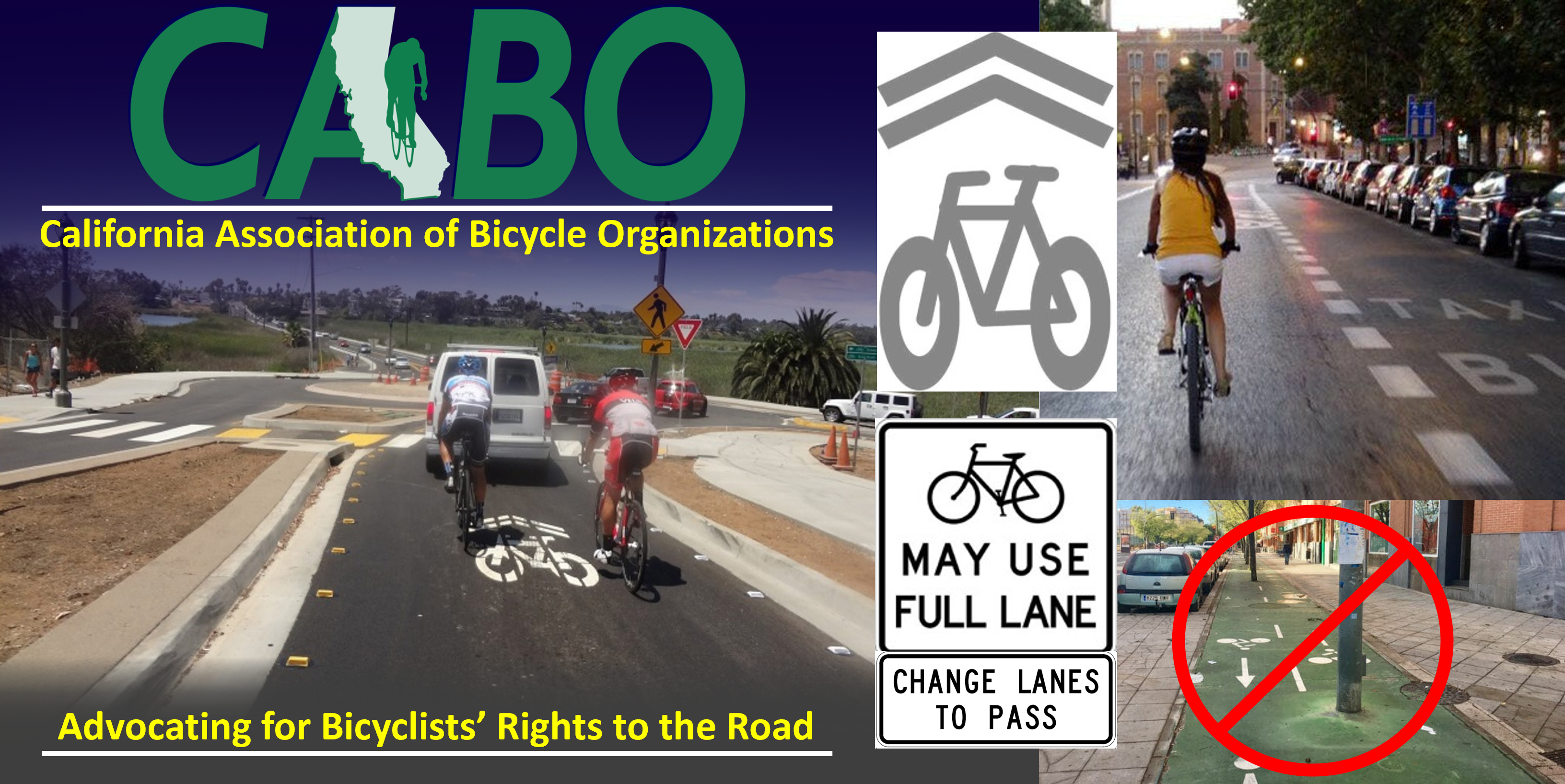The current draft of the City of Los Angeles Bicycle Master Plan (BMP) gives up on bicyclist use of the vast majority of the roads in the city and focuses on bikeways. In effect, this plan allows LA Dept. of Transportation (LADOT) to simply ignore the overwhelming majority of roadways as facilities that bicyclists will use and relieves them of any obligation to make the surface standards, intersection designs, and signal detection support bicycling on this majority of roadways. What follows is a re-write of the top level policies with existing policies augmented and a small number of important new goals and policies added. My changes are identified by [square brackets].
Please circulate these recommended upgrades to advocates (Stephen Box, Joe Linton, Alex Thompson, etc.) working with the City:
SECTION 2: ROAD AND BIKEWAY ENGINEERING FOR BICYCLING
[Goal 2.1: Acknowledge and support bicyclist use of the full existing network of all City streets.]
[Goal 2.2:] Create a continuous [bikeway] network throughout the City.
[Policy 2.0: Ensure that the engineering of all non-freeway roadways without bikeways will support bicycle use.]
Policy 2.1: Develop a grid of bikeways no further than one mile apart through the use of standard and appropriate innovative treatments.
Policy 2.2: Implement the City’s [bikeway] network in accordance with current accepted bikeway standards.
Policy 2.3: Provide amenities and enhancements along City bikeways and other roadways.
Policy 2.4: Reduce hazards on existing [roads and] bikeways.
Policy 2.5: Require a public hearing for the removal of any City [bikeway]. [Editorial note – Bikeway is broader than just bike lanes and paths, and can include bike routes, and bike boulevards, as well as routes with sharrows – DG]
Policy 2.6: Accommodate the needs of bicyclists in the planning, design and construction phases of all citywide transportation projects.
Policy 2.7: Improve the safety of all road users through the implementation of citywide neighborhood traffic calming treatments.
Policy 2.8: Acknowledge the bicycle as a legitimate form of transportation [and bicyclists as full and equal transportation users].
Policy 2.9: Acknowledge the need for recreational bicycling activities.
